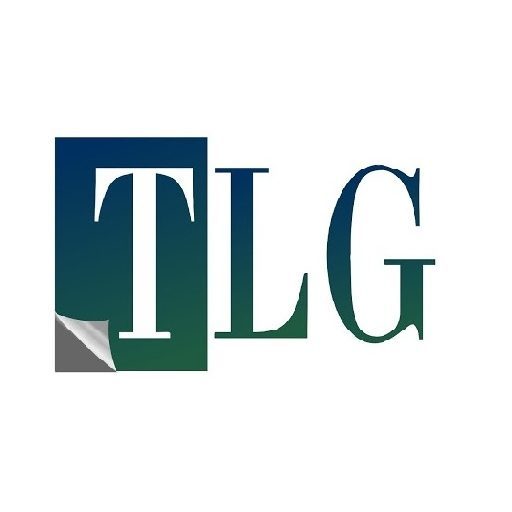Q-commerce has become a captivating solution for people nowadays. People resort to Q-commerce for their last-minute needs like ingredients for dinner, restock essentials that ran out, or indulge in a spontaneous treat. Q-commerce has gained its lime light globally because of the convenience it provides. Beginning in early 2020, the restrictions imposed due to COVID-19 pandemic gave a major boost to q-commerce as it allowed retailers to remain operational via quick home deliveries. With their quick on demand door to door delivery, the q commerce industry has seen an unprecedented growth in the last 18 months.
The online food delivery market on a global scale has seen exponential growth in the wake of Covid-19. This comes in spite of the economic pressures imposed by the pandemic. The market is expected to grow from $115.07 billion in 2021 to $126.91 billion in 2022.
1) Q-commerce is going to take the place of traditional models as the norm driven by customer demand & expectation.
Blake Morgan from Forbes claims that this new sector is going to push grocery stores to find solutions for automation and fulfilment quickly. Going forward, the dark stores (strategically located warehouses) will turn into permanent fixtures to take care of customer needs. Companies will now have to start making their once temporary q-commerce-style solutions that they adopted during the pandemic a permanent strategy if they hope to keep up with customers’ growing expectations of speed, quality and convenience. Though switching to this new style of business will involve some adjustments, the overall general consensus is that q-commerce does not need to be a replacement for previous models, but can instead serve as a complementary solution to the challenges of this new market. While many companies are switching to full time ‘dark stores’ in order to meet growing demand, others are following the methods of Target and Walmart, who instead chose to convert parts of their stores into fulfilment centres and allow their customers the freedom of choice.
2) One company will come out on top.
Brian Nowak, an equity analyst at Morgan Stanley, is of the opinion that in order to improve and generate higher overall profitability, consolidation and rationalisation among food delivery aggregators will be the key deciding factor.The increasing number of players operating in this space means that competition is not short of a cutthroat rat race. With numerous companies fighting to win the speediest delivery times, it is inevitable that we will eventually start to see some form of consolidation of the food delivery market share.Examples of these consolidations are already prevalent. The industry giant Just Eat has merged with US competitor GrubHub in a $7.3 billion deal, and the Amsterdam-based group has made clear its intentions to battle with rivals Uber Eats and Deliveroo in order to win the highly competitive London market.Rapid grocery delivery company Gopuff has also made its entry in the UK market after acquiring Fancy, a similar, smaller based model with dark stores across the country’s major cities. The deal marks another step in the US company’s plans for international expansion following an injection of $1.15bn in funding this spring, and yet another signifier that the trend of consolidation is set to continue.As per experts, if the smaller delivery on demand providers need to survive in this economy against the big players.
3) Forecasting of inventory and demands.
To stay on track with these monumental demands, industry leaders have to come up with new techniques and strategies to maintain and manage their supply chains. Q-commerce turns the conventional ideas of supply chain fulfilment upside down , as production processes now only begin once the client has placed an order. Hollingsowrth, Third Party Logistics brand has rightly said, “Demand forecasting is secondary to meeting customer expectations, and today’s customers (be they the end consumer or business customers that serve the end consumer) prefer flexibility and responsiveness to a remarkable degree.”The q-commerce logistics model gives businesses the ability to save on inventory storage and management costs. On the other hand, the challenge of accurate demand forecasting has become even more crucial. Those who find ways to track customer behaviour and accurately predict demand and trends in the e-grocery and online food delivery space will be the ones who come out on top.
Q commerce is a global phenomenon. To survive will be a challenging exercise. The key will be to find a differentiation factor outside of similar items, offers and prices for the brand.




